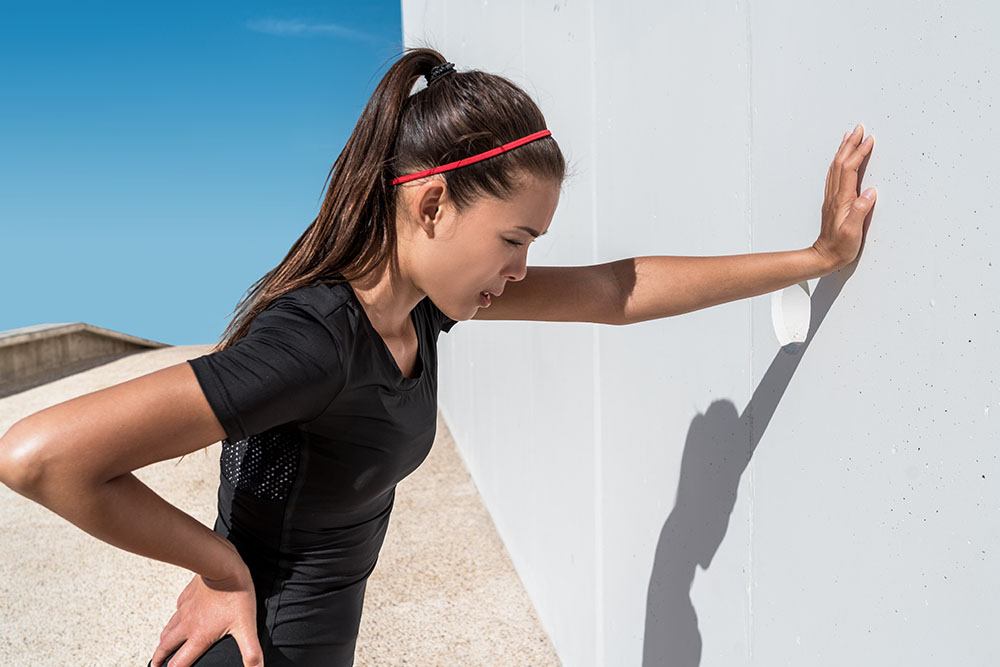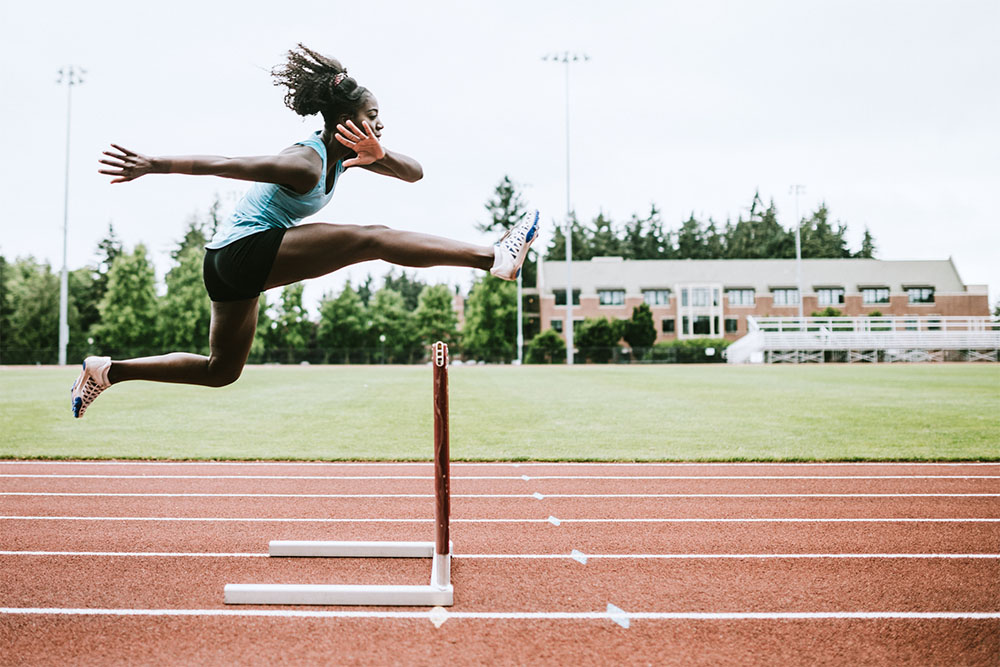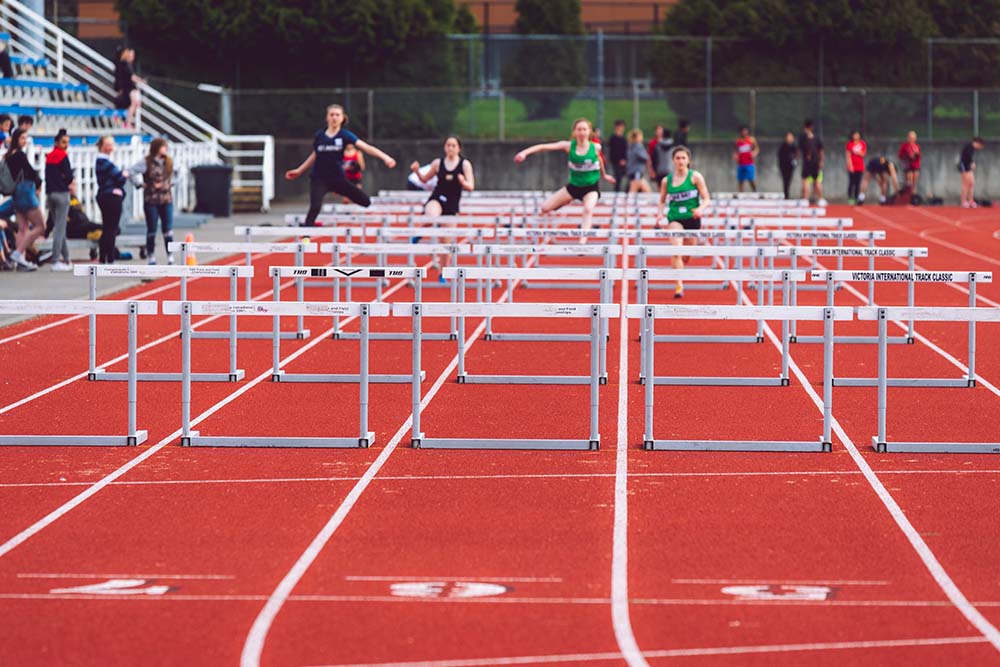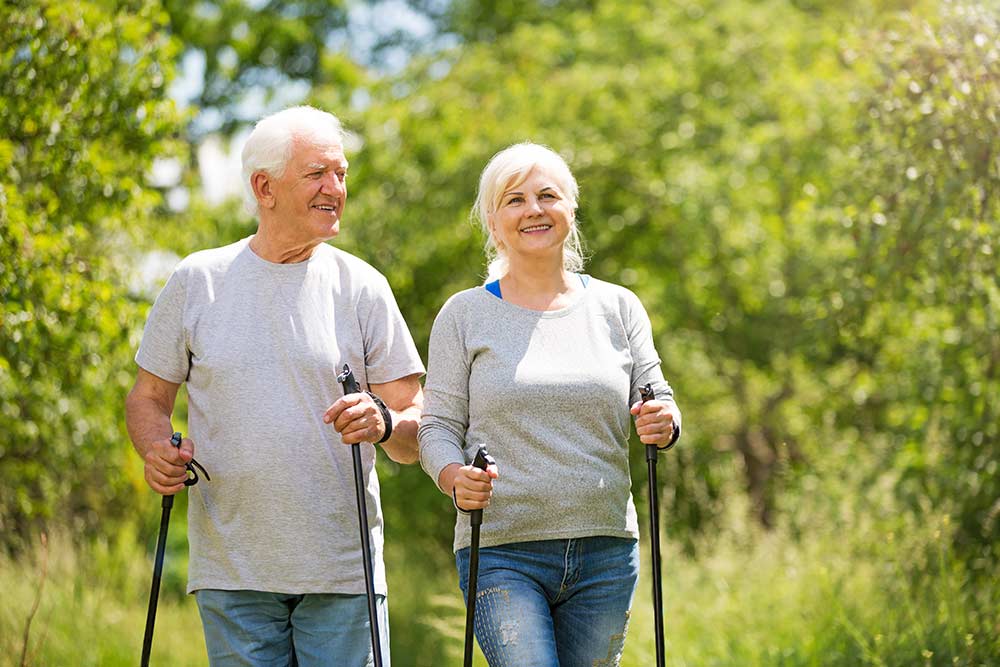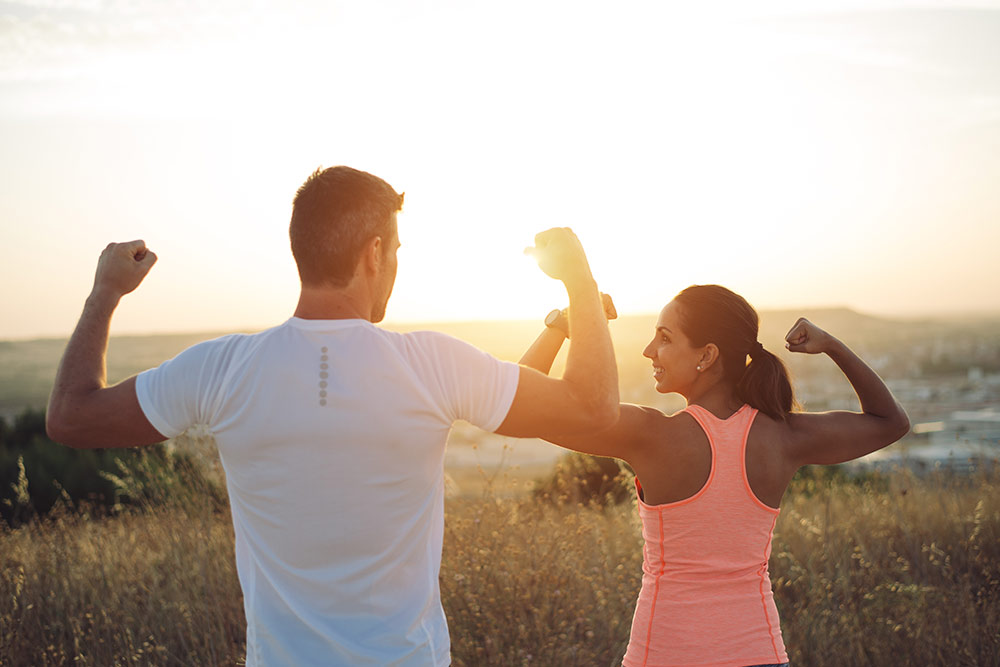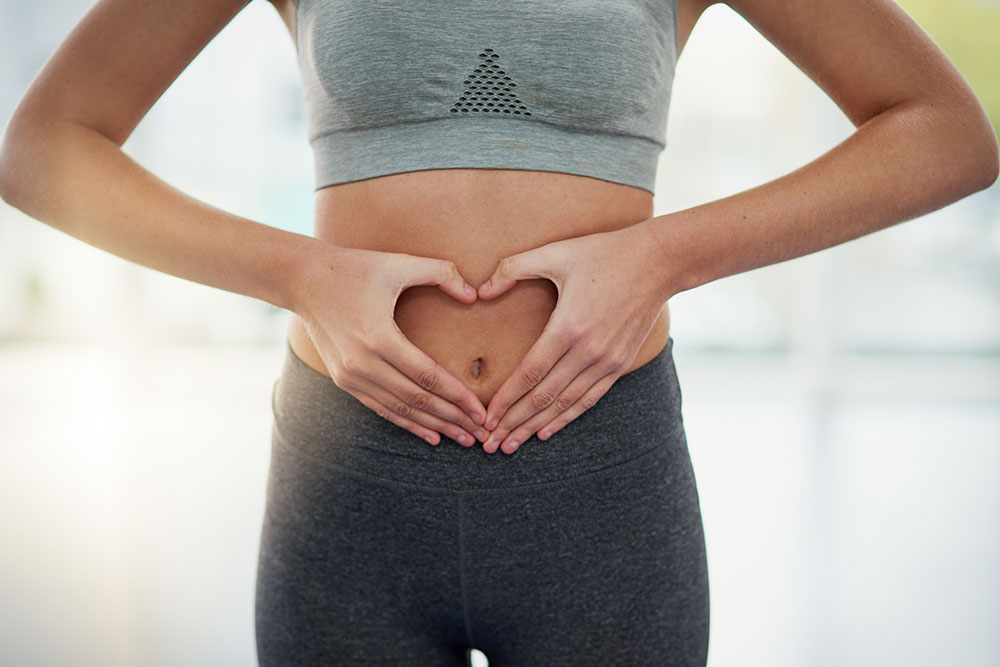Breathing Exercises for Health & Performance

Hunter Bennett
When we think of exercise, our minds tend to jump to those that activities that are more physically demanding in nature. Heavy strength training, high-intensity interval training, and Olympic lifting are all great example of physically strenuous exercise modalities that have been shown time and time again to enhance both health and athletic performance.
And at face value, this obviously makes sense.
These modes of exercise place the physical structures of the body under both mechanical and physiological stress – stress that the body must then adapt to, becoming bigger, faster, fitter, and stronger as a result.
Interestingly (and somewhat unexpectedly), there is also recent research suggesting that specific breathing exercise can do the same, albeit in a somewhat different manner.
What are Breathing Exercises?
To put it in simple terms, when we talk about any type of breathing exercise, we are essentially talking about practices that involve the use of conscious breathing techniques. You see, it is commonly accepted that we (as humans) have evolved into what can be described as ‘shallow’ breathers. As our activity levels have declined and our sedentary periods have increased, we have fallen into a scenario where deep breathing isn’t required all that often. When this is combined with the postural deviations that come with excessive sitting (namely exaggerated thoracic flexion) and a general lack of fitness, there is a tendency to develop an inability to actively breathe into the diaphragm.
Instead, we complete short and shallow breaths that involve limited movement at the belly and rib cage, and a lot of activation from the trapezius muscles – a breathing technique  that is extremely inefficient (to say the very least). This mode of breathing has been shown to lead to chronic hyperventilation, which has been suggested to reduce the amount of carbon dioxide (CO2) in the blood and lungs.
that is extremely inefficient (to say the very least). This mode of breathing has been shown to lead to chronic hyperventilation, which has been suggested to reduce the amount of carbon dioxide (CO2) in the blood and lungs.
Although this may not sound like a true negative, it has been shown to result in the body constricting the airways to prevent a further loss of CO2, which can have some rather serious implications for both health and performance (Kazarinov, 1990). Breathing exercises aim to rectify this. Most breathing exercises involve conscious diaphragmatic breathing, which describes the act of breathing deeply into the lungs and belly by better using the diaphragm, rather the muscles of the shoulders and upper back.
Diaphragmatic breathing has been shown to exhibit is a relaxant like an effect on the body, causing a significant reduction in stress. As a result, it is a key component of numerous health practices such as meditation and yoga. Interestingly, in conjunction with this relaxant like effect, diaphragmatic breathing has been shown to have a positive impact on physiological measures as well. Those individuals who practice diaphragmatic breathing after exercise has been shown to increase antioxidant their status, decrease cortisol secretion, and increase melatonin secretion, suggesting further implications for recovery and health (Martarelli, 2011).
Related Article: Yogi Breaths to Strengthen Your Lungs
How to Find Your Diaphragm
Now, before we get into the details surrounding what specific breathing techniques you should implement, and when you should implement them, we first want to make sure that you can actually use your diaphragm to breathe. As many have evolved to become shallow breathers, they can find using their diaphragm to be a real challenge.
Your diaphragm is a large dome-shaped muscle that sits at the very bottom of your rib cage, essentially creating a lid that separates your abdominal cavity from your thoracic cavity. While the diaphragm is used in some capacity every day, it typically remains completely unnoticed. When your diaphragm contracts, it reduces the pressure within your thoracic cavity. This reduction in pressure is what draws air into the lungs, stimulating breathing. Alternatively, during expiration, the diaphragm relaxes, the air pressure in the thoracic cavity increases, and air proceeds to leave the lungs.
If you are breathing effectively, during inhalation you should see the stomach rise as the diaphragm contracts. Conversely, when you breathe out, both your chest and your stomach should fall in a slow and controlled manner. However, we often see the exact opposite. With shallow breathers, during inhalation, the chest will rise rapidly as the muscles of the ribcage, upper back, and neck, contract to compensate for a lack of diaphragm activity. Often the stomach compresses at the same time – all of which is not particularly efficient.
But fortunately for us, there is a way to rectify this – and it lies with finding your diaphragm and practicing your diaphragmatic breathing.
- Start by lying down on the floor with your face up and your knees bent to around 90 degrees.
- Gently place your hands on your stomach.
- Concentrate on breathing into your belly as deeply as possible, and not using your chest. You should physically feel your belly pressing into your hands during inhalation.
- During exhalation, let the stomach fall slowly by relaxing the diaphragm.
- Once you have this down pat, you can begin to place a small weight on your stomach and repeat the process. Actively try to use your diaphragm each and every breath.
Breathing Exercise Techniques: Buteyko vs. Pranayama
There are currently two main trains of thought when it comes to the specific types of breathing exercises suggested impacting health and performance. These are known as Buteyko and Pranayama.
Buteyko Breathing Method
The Buteyko Method describes a specific set of breathing techniques that originated in Russia. First utilized as a natural treatment method for asthma, it has since been shown to have positive implications for a range of conditions, including anxiety, depression, and sleep apnoea (Prem, 2003). Named after its creator, Konstantin Buteyko, the primary goal of this unique breathing techniques is to raise the level of carbon dioxide found within both the cardiovascular and respiratory systems. In doing so, it is thought to increase the efficiency of each of these systems, while also enhancing aerobic energy production (Courtney, 2008). The Buteyko Method is somewhat unusual as it revolves around the concept of breathing less rather than breathing more – hence its main technique being known as is reduced-volume breathing. In a formal breathing session, reduced-volume breathing is done in combination with a breath-holding technique known as the Control Pause.
Establishing Your Control Pause
To commence the Buteyko Method, you first need to establish your control pause – and this is done by performing a ‘control pause breathing test’.
Start the test by sitting down and breathing normally through your nose for around 30 seconds. Then proceed to take a single normal breath in through your nose, and then a normal exhalation out through your nose. At the end of this exaltation, gently close your nose with your thumb and forefinger and start to count the seconds. When first beginning to feel the need to take a breath, release your nose and proceed to inhale (make sure you continue to breathe through your nose, and not your mouth). The number of seconds that have passed is your control pause.
Related Article: The Best 3 Stretches to Improve Athletic Performance
Performing Buteyko Breathing Exercises
Now we can move into the actual breathing exercise.
- Start by sitting down in an upright position, and proceed to take a normal, calm breath in through your nose. Do not try and breathe deeply, and be sure to focus on using your diaphragm – aim to breathe into your stomach, allowing it to expand.
- After this single calm inhalation, exhale through your nose in a normal manner. Again, focus on using the diaphragm to push the air out of your lungs. In this manner, your stomach should move, and your chest and ribcage should not.
- Now, after this normal exhalation, take a shorter, shallower breath in through your nose and stop after 1-2 seconds.
- Slowly release that short breath over a 5 second duration, again using your diaphragm to empty out your lungs. Hold your breath after you complete the exhale for 5 seconds.
Repeat this entire process repeatedly for around 20 minutes, and then re-test your control pause – it should increase.
Pranayama Breathing
Pranayama breathing stems from ancient Hindu yoga practices, where it loosely translates to ‘control of the breath’.Pranayama breathing differs somewhat from the Buteyko method above.
You see, rather than focusing on shallow and restricted breathing, this method prioritizes the use of deeper breaths into the diaphragm, while also ensuring that you use the entirety of your respiratory musculature. In doing so, Pranayama breathing is said to increase the activation of the parasympathetic nervous system, while simultaneously downregulating the activity of the sympathetic nervous system. With this comes an increase in oxygen transport capabilities throughout both the cardiovascular and respiratory systems.
Through these two distinct mechanisms, Pranayama breathing has been suggested to improve cardiovascular and respiratory health, reduce stress and anxiety, enhance mental health and cognitive function, and even increase reaction time and endurance performance (Jerath, 2006; Brown, 2005; Tran, 2001). Pretty impressive stuff.
There are three key Pranayama breathing techniques that are often implemented within a single session. These move from less challenging to more challenging, and subsequently offer a great way to commence traditional Pranayama breathing.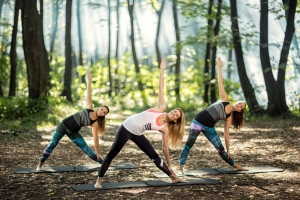
Dirga Pranayama (Three Part Breath)
Known commonly as the Three-Part Breath, Dirga Pranayama is usually the first breathing technique taught when utilizing this method. This exercise teaches you how to use your diaphragm to breathe while increasing the activation of your parasympathetic nervous system.
- Start by either sitting in a comfortable cross-legged position. or by lying flat on your back.
- Resting one hand on your belly and one on your rib cage, proceed to close your eyes and breathe deeply but normally.
- Begin to focus on your breath as it moves in and out of your lungs.
- Focus on breathing into your diaphragm. Your belly and ribs should expand during your inhalations, and slightly compress as you exhale.
- Focus on breathing deeply, expanding your belly and ribcage each and every breath.
- Release your arms and focus your mind entirely on your breathing, inhaling and exhaling fully for around 5-10 minutes.
Sama Vritti Pranayama
The Sama Vritti Pranayama is our next breathing technique within this unique series. Building on the above method, it further reinforces diaphragmatic breathing while downregulating sympathetic nervous system activity.
- Start by either sitting in a comfortable cross-legged position, or lying flat on your back.
- Close your eyes breathe normally for around 60 seconds.
- Begin to slowly count to four during inhalation, pause briefly (1-2 seconds) at full inhalation, and then count to four as you exhale. Again take 1-2 seconds at the end of exhalation, in which you should feel completely empty.
- Continue breathing this way for 5-10 minutes, maintaining a consistent 4 second inhale and exhale.
Nadi Shodhana Pranayama (Alternate Nostril Breathing)
Commonly known as alternate nostril breathing, Nadi Shodhana Pranayama is our final breathing technique, and is completed after the previous two methods.
- Sit in a comfortable cross-legged position.
- Proceed to close your right nostril with your right thumb, and inhale deeply into your diaphragm through your left nostril.
- Then close your left nostril with the ring finger of your right hand and release your right nostril, as you then exhale slowly through your right nostril.
- At the end of exhalation, keep your left nostril closed, and inhale deeply into your diaphragm through your right nostril.
- Once you have inhaled fully, close off your right nostril again with your thumb, and release your left nostril.
- Exhale out of your left nostril. You should now be in the original position, with your thumb sealing the right nostril.
- Repeat this entire process ten times in a slow and controlled manner.
Take Home Message
Breathing exercises can offer a fantastic way to cause improvements in cardiovascular and respiratory health, mental health and stress management, and even performance and recovery. The two different techniques listed in this article share both similarities and differences that need to be considered when opting for their implementation. Buteyko breathing appears to have the most merit in those individuals who suffer from respiratory or cardiovascular issues such as asthma or hypertension.
Alternatively, the deep diaphragmatic activity associated with Pranayama appears to have better implications for recovery, stress management, mental health, and exercise performance. Use them accordingly and let us know what you think!
References
Kazarinov, V. A. “Buteyko Method: The experience of implementation in medical practice.” The biochemical basis of KP Buteyko’s theory of the diseases of deep respiration, EDITOR: Buteyko KP (1990): 198-218.
Martarelli, Daniele, et al. “Diaphragmatic breathing reduces exercise-induced oxidative stress.” Evidence-Based Complementary and Alternative Medicine 2011 (2011).
Prem, Venkatesan, Ramesh Chandra Sahoo, and Prabha Adhikari. “Comparison of the effects of Buteyko and pranayama breathing techniques on quality of life in patients with asthma–a randomized controlled trial.” Clinical rehabilitation 27.2 (2013): 133-141.
Courtney, Rosalba. “Strengths, weaknesses, and possibilities of the Buteyko breathing method.” Biofeedback 36.2 (2008): 59-63.
Jerath, Ravinder, et al. “Physiology of long pranayamic breathing: neural respiratory elements may provide a mechanism that explains how slow deep breathing shifts the autonomic nervous system.” Medical hypotheses 67.3 (2006): 566-571.
Brown, Richard P., and Patricia L. Gerbarg. “Sudarshan Kriya yogic breathing in the treatment of stress, anxiety, and depression: part I—neurophysiologic model.” Journal of Alternative & Complementary Medicine 11.1 (2005): 189-201.
Tran, Mark D., et al. “Effects of Hatha yoga practice on the health‐related aspects of physical fitness.” Preventive cardiology 4.4 (2001): 165-170.
You Might Like:


